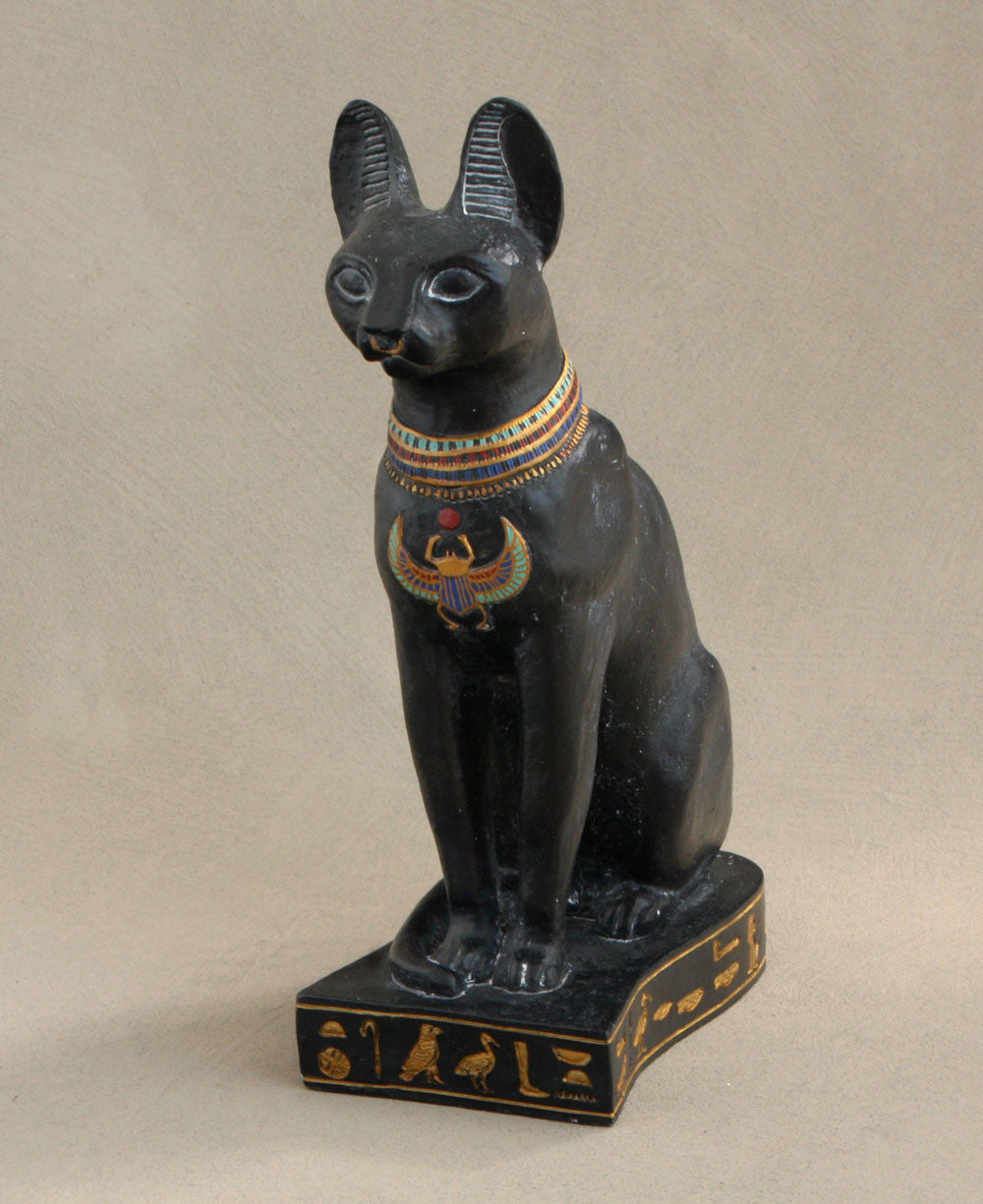The internet is rife with cats: cat videos, cat memes, there are even celebrity cats! But if you think that modern folks are cat-crazy you should have been around in Ancient Egypt.
Cats were highly regarded in Ancient Egypt, which is evidenced by the overwhelming presence of cats in Egyptian art. Egyptians left behind cat statues, mummified cats, and worshiped gods who had cat features.
Curious to know more? We’ve got 6 illuminating facts about cats in Ancient Egypt.
1. The first known depiction of a domestic cat in Egypt appears on a tomb that dates to 1950 B.C.E. Though cats were common in Egypt, for a long time they were simply valued as helpful eliminators of vermin. It was only overtime that they became house pets and were later seen as sacred.
2. Cast were not necessarily worshipped as gods, but were thought to have important connections to various feline goddesses. The most notable goddess was Bastet, who was initially depicted as lioness and overtime resembled a short-haired domestic cat. Bastet was worshipped as a divine mother, a protector, and a guardian against evil spirits. By the first millennium B.C.E., she had gained something of a cult following in certain areas.
3. Cats who were cherished as pets were sometimes mummified, possibly in the hopes that they could join their owners in the after life. An analysis of certain cat mummies found that they contained the same embalming materials as those used in humans. Because of this, some researchers believe that, at least for some cats, embalmers took as much time and care in preparing them for the afterlife as they did for humans.
4. The Roman scholar, Herodotus, recorded in his notes that when a beloved household cat died, Egyptians shaved their eyebrows. This was sign of mourning, a period that was deemed officially over when their eyebrows grew back.
5. While cats were highly revered, evidence also suggests that cats were bred specifically bred for religious sacrifice. Priests raised cats who were then killed, mummified and given as votive offerings to Bastet. Religious pilgrims could pay to have a cat mummified for this very purpose. X-rays of cat mummies reveal that some don’t even contain actual remains; the demand for offerings was so high that there were not enough cats to go around!
6. While Egyptian were not the first ones to domesticated cats, it is believed that their love of the animal greatly contributed to the cat’s popularity. A surge in Egyptian cat breeding helped create the domestic creatures we now know and love.

